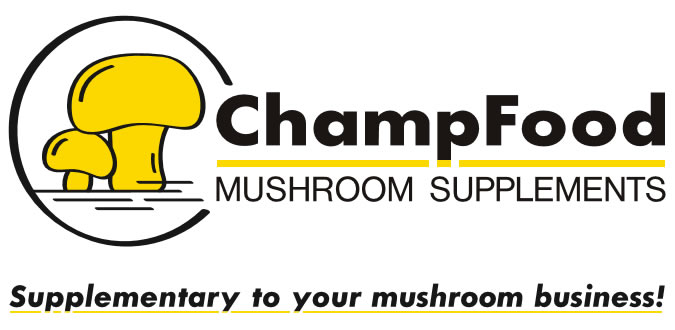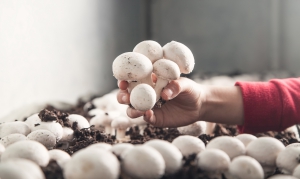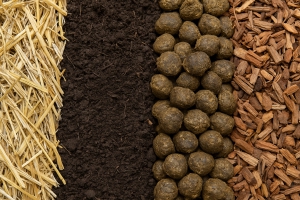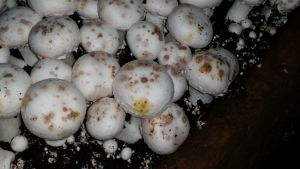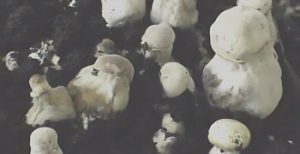
David M. Beyer
Compost-casing-mushroom water relationships
Sep 03,
2025
The function of casing is to induce fruiting, support mushroom growth, and provide a source of water to the mushroom that compensates for its water…
The recent shortage of straw and hay in parts of North America and Europe has sparked a flurry of questions regarding what can be used…
Virus and bacterial diseases
Apr 04,
2025
LaFrance virus disease Of all the diseases confronting mushroom growers, none have been the subject of more confusion than viral diseases. Viral diseases can be…
Fungal Diseases The life cycle for fungal pathogens like Dry Bubble, Trichoderma, and Cobweb is simple, Figure 1. Spores germinate into mycelium, which forms structures…
Dry bubble disease fact sheet
Dec 23,
2024
Dry Bubble Disease is a common fungal disease of the commercial white and brown mushroom Agaricus bisporus. Understanding more about the biology of the fungus…
For almost 45 years I have been involved in the mushroom industry, first and always as a student of mushroom science and then as a…


